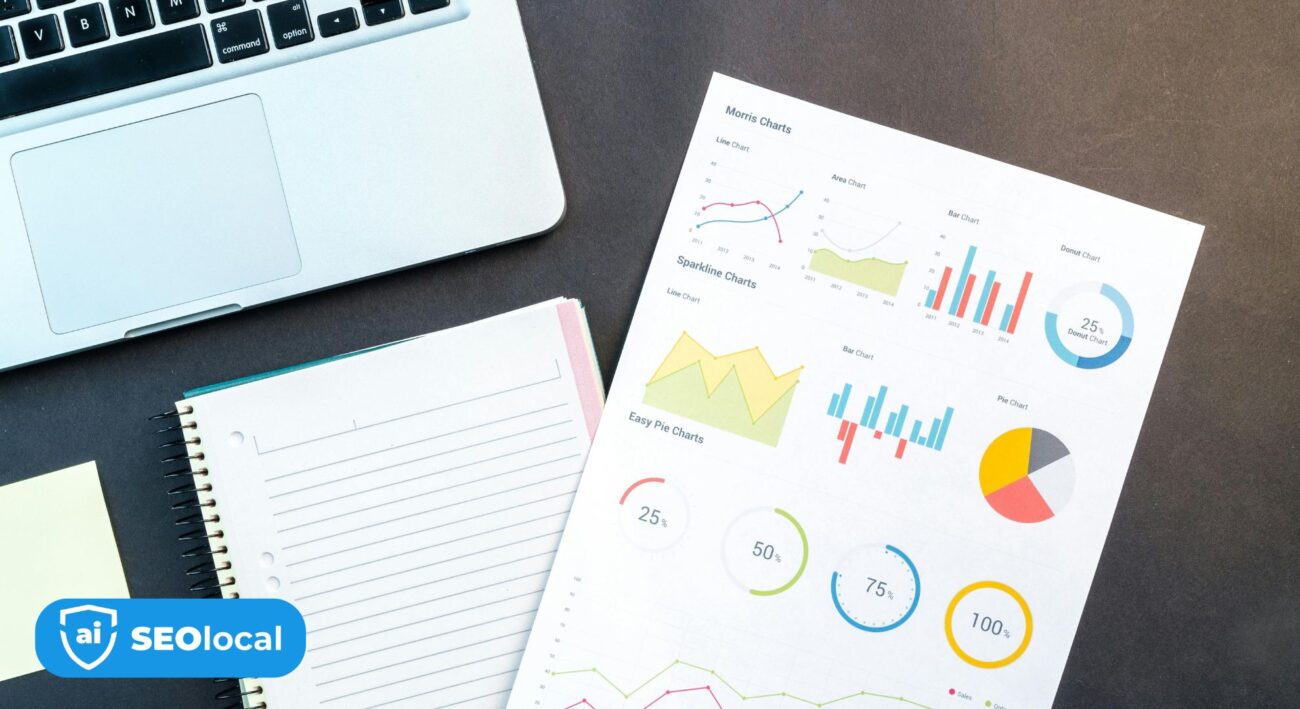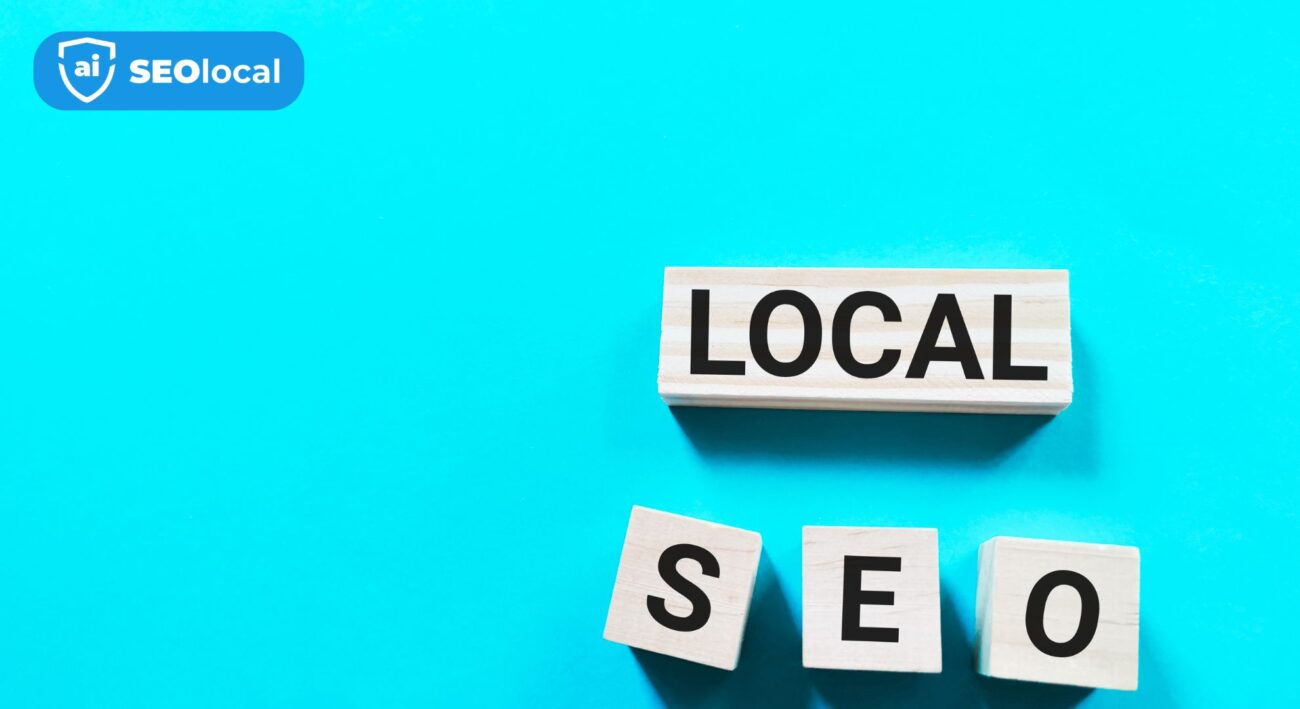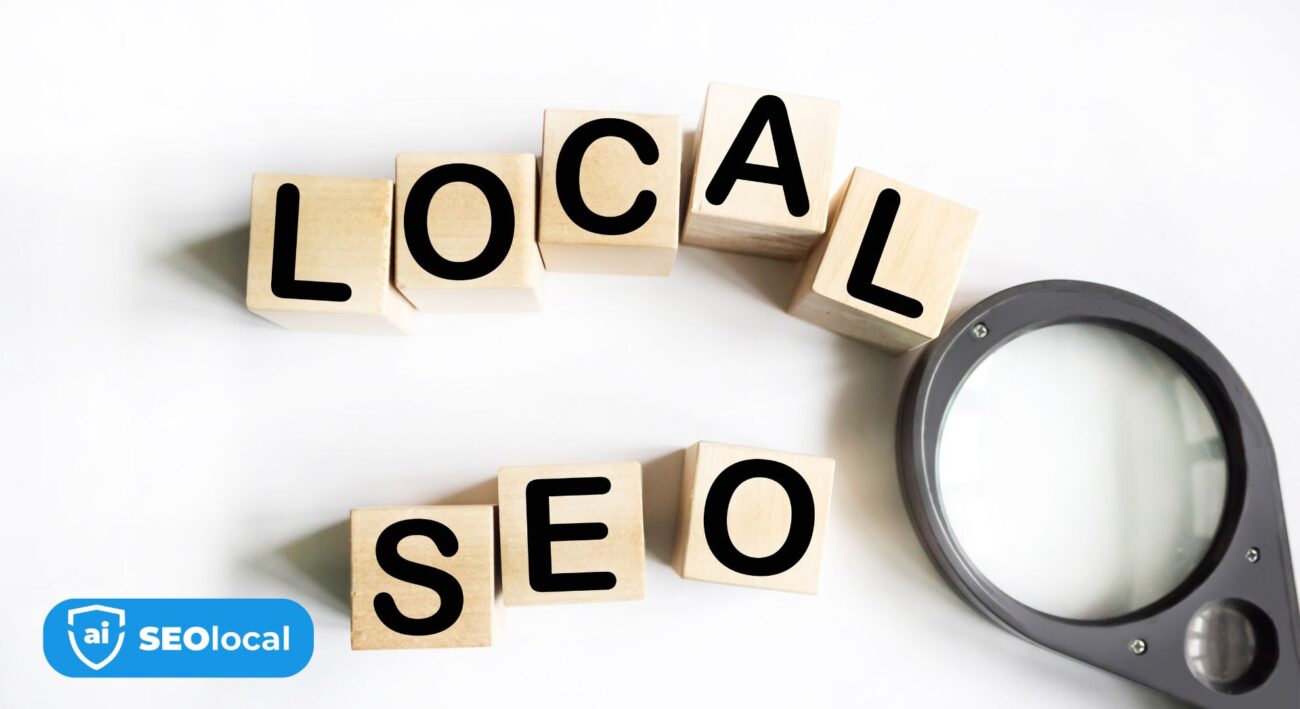
Blog
How To Do a Local SEO Competitive Analysis That Drives Results

Did you know 46% of Google searches seek local information, yet only 44% of businesses actively track their search visibility? This gap leaves countless opportunities unexplored. Understanding your rivals’ digital strategies isn’t just helpful—it’s critical for capturing nearby customers.
When users search for services near them, search engines prioritize relevance and proximity. Your online rivals might not even operate in your physical area. This disconnect makes analyzing their tactics vital to stand out in maps and organic results.
Effective evaluation goes beyond keywords. It reveals gaps in your market presence, uncovers hidden opportunities, and strengthens your brand’s authority. Unlike traditional methods, this process requires continuous updates to adapt to shifting algorithms and consumer behavior.
Key Takeaways
- Pinpoint businesses competing for the same local search terms as you
- Learn which strategies help rivals rank higher in maps and organic results
- Turn findings into tactics that improve your visibility and customer reach
- Discover why this process works best as a recurring strategy, not a single task
- Identify market gaps your business can uniquely fill

Understanding Local SEO Competitor Analysis
Imagine discovering three nearby companies outranking you for the exact services you offer. Local competitor analysis reveals why they appear first and how to claim those spots. It examines every rival appearing in map listings and search results for your key terms, even if they’re miles away.
What It Is and Why It Matters
This process uncovers patterns in how rivals structure their online presence. You’ll see which factors boost their visibility, like review quality or website speed. It also highlights gaps in their offerings that your business can fill.
Top-ranking businesses often share specific traits. They might use location-specific keywords more effectively or have better-optimized Google Business profiles. By studying these elements, you gain actionable insights to refine your approach.
- Identifies strengths and weaknesses in rivals’ online strategies
- Reveals untapped opportunities in your service area
- Helps align your content with what local customers seek
Regular analysis keeps your tactics fresh as search algorithms evolve. It transforms raw data into decisions that improve visibility and customer trust. You’ll not only match competitors but find unique ways to stand out.
Defining Your Local Competitors
Your toughest rivals might not have a physical store near you. Businesses appearing in search results often operate in overlapping service areas rather than physical neighborhoods. This makes competitor identification more complex than checking nearby storefronts.
Identifying Online Versus Brick-and-Mortar Players
Physical competitors are visible but may not rank for your key terms. Digital rivals often appear higher in searches despite being farther away. For example, a bakery three towns over could outrank you for “custom birthday cakes” if they optimize better.
| Factor | Brick-and-Mortar | Digital Competitors |
|---|---|---|
| Location Visibility | Same street/city | Wider service radius |
| Discovery Method | Walk-ins/drive-bys | Search terms & maps |
| Market Share Clues | Foot traffic patterns | Review counts & ratings |
Leveraging Local Directories and Maps
Search for your primary services on Yelp and Google Maps. Note businesses appearing in the first 10 results. These platforms reveal who customers actually find when seeking solutions.
Check industry-specific directories like HomeAdvisor for contractors or Zocdoc for healthcare providers. Compare listed businesses against your physical competitors. You’ll often find mismatches showing hidden rivals.
Conducting Local Keyword Research
Start by typing your core service into Google—what happens next determines your visibility. The phrases people use to find businesses like yours reveal who you’re truly competing against online. Three areas dominate these results: map listings, local packs, and organic rankings.

Identifying Target Keywords
Tools like Google Keyword Planner show popular phrases in your area. Look for terms with “near me” or neighborhood names. Check competitors’ websites for repeated phrases in titles or descriptions.
Long-tail keywords often have less competition. Think “emergency plumbing service downtown” instead of “plumber.” These specific phrases attract ready-to-act customers.
Mapping Locally Driven Search Intent
Search behavior tells you what people need. “Best coffee shops open late” suggests comparison, while “coffee delivery near me” signals immediate purchase intent. Match your content to these patterns.
| Search Type | User Intent | Content Strategy |
|---|---|---|
| “How to fix…” | Informational | Create guides or FAQs |
| “Affordable [service]” | Price-sensitive | Highlight value propositions |
| “Same-day “ | Urgent need | Promote delivery speed |
Seasonal trends matter too. “Holiday catering menus” spikes in November, while “AC repair” peaks in summer. Tools like AnswerThePublic uncover these hidden opportunities.
Researching Competitors Through Google and Tools
Ever wonder why certain businesses always pop up first when you search for services in your area? The answer lies in how they optimize for visibility. Start by entering your primary service terms into Google. Notice which businesses dominate the first page. These are your digital rivals, even if they’re physically distant.
Manual Search Techniques
Google personalizes results based on your location. If you’re in your target market, this gives authentic insights into customer experiences. For example, search “landscaping services” and document the top three map listings and organic results. Track their names, contact details, and key features like review counts.
Repeat this process for variations like “affordable lawn care” or “emergency tree removal.” Create a spreadsheet to log appearances across search types. Note patterns: Do competitors use specific neighborhood names? Are their meta descriptions more compelling?
Utilizing Browser Plugins and Location Changers
Tools like GS Location Changer let you simulate searches from different addresses. This reveals how results shift across neighborhoods. Enter a ZIP code across town, and suddenly new players appear in rankings. Browser extensions simplify this process without requiring physical travel.
Combine these methods with spreadsheet tracking. Columns should include search term, competitor name, ranking position, and observed strengths. Over time, you’ll identify which strategies consistently boost visibility in your market.
Analyzing Google Business Profiles
Many businesses focus on basic profile setup but miss advanced optimization tactics. Your rivals might be using hidden features to boost their visibility. Let’s explore how to dissect their strategies systematically.
GBP Optimization Strategies
Start by checking if competitors claimed their profiles. Unclaimed listings often lack critical details. Look for complete business descriptions with location-specific keywords and proper category selections.
| Profile Element | Competitor A | Competitor B | Your Profile |
|---|---|---|---|
| Primary Category | Restaurant | Mexican Restaurant | [Your Category] |
| Attributes Used | Outdoor seating | Vegetarian options | [Your Attributes] |
| Posts Frequency | 3/week | 1/week | [Your Frequency] |
Optimized profiles make businesses 2.7x more reputable. Check for virtual tours or service menus – features many overlook. These elements improve engagement and search performance.
Customer Engagement and Review Metrics
Analyze how rivals handle feedback. Do they reply to reviews within 24 hours? Consistent responses boost credibility. Track average ratings and review keywords mentioning service speed or quality.
Examine Google Posts for promotions or events. Top performers update these weekly with eye-catching visuals. Compare their photo counts and video usage – rich media increases profile views by 35%.
Use these insights to refine your approach. Update categories quarterly and test new post formats. Regular tweaks keep your profile competitive in dynamic search results.
Evaluating On-Site Content and Landing Pages
Businesses often overlook how their website structure impacts search visibility. Your rivals’ landing pages might hold clues to their higher rankings. Start by comparing your service pages against theirs using free tools like WebCEO’s SEO content assistant.

Assessing Content Quality and Depth
Look for pages ranking in both local and organic results. These dual-purpose pages often contain detailed service descriptions and location-specific details. Check if competitors answer common customer questions directly on their service pages.
| Content Element | Your Site | Competitor A | Competitor B |
|---|---|---|---|
| Average Word Count | 450 | 720 | 680 |
| Header Structure | H2 only | H2+H3 | H2+H3+H4 |
| Local References | 3 | 11 | 9 |
Effective pages use multiple location mentions naturally. They often include neighborhood names and transportation details. Tools like Hemingway Editor help spot complex sentences that hurt readability.
Optimizing Meta Titles, Descriptions & Schema Markup
While meta tags don’t directly affect rankings, they influence click-through rates. Compare how competitors place keywords in titles. Top performers often start with action words like “Get” or “Find.”
Run competitors’ URLs through Schema.org validators. Look for structured data like opening hours or service areas. Pages using LocalBusiness schema often appear in rich results, boosting visibility.
- Place primary keywords in first 60 characters of titles
- Include ZIP codes in meta descriptions for local relevance
- Use FAQ schema for common service questions
Assessing Backlink Profiles and Local Citations
Links from reputable websites act like digital votes of confidence for your business. To understand why rivals rank higher, examine their connection networks and directory listings. This reveals their authority-building strategies.
Analyzing Link Types and Quality
Tools like Ahrefs help filter links by location-specific terms. Look for patterns in where competitors earn mentions. Local news outlets, chamber of commerce sites, and community blogs often provide high-value connections.
| Backlink Source | Authority Score | Common Opportunities |
|---|---|---|
| Local News Sites | 70-90 | Press releases, event coverage |
| Industry Directories | 50-70 | Profile updates, featured listings |
| Community Forums | 30-50 | Expert contributions, Q&A participation |
Auditing Citation Consistency Across Platforms
Search your competitors’ addresses on Google. Note discrepancies in their name, phone number, or hours across directories. Consistent citations build trust with search algorithms.
Prioritize fixing mismatches on top platforms like Yelp and industry-specific hubs. Use spreadsheet trackers to monitor updates. This prevents confusion and strengthens your digital footprint.
Focus on platforms your target audience frequents. A restaurant benefits more from food blogs than generic business listings. Match citation efforts to customer behavior patterns.
Using SEO Tools to Extract Competitive Data
Unlocking competitor insights becomes effortless when using specialized platforms. These solutions automate data collection while highlighting patterns manual reviews might miss. Let’s explore practical methods to harness their capabilities.
Strategic Platform Combinations
BrightLocal’s dashboard compares Google Business profiles across rivals in your service area. Input your location and industry—it identifies who ranks for specific terms in maps and local packs. This reveals competitors you might overlook in organic searches.
SEMrush’s keyword gap tool uncovers missed opportunities. Paste your URL alongside three competitors to see which phrases they rank for that you don’t. Filter results by location to prioritize geo-specific terms with high intent.
Combine these tools for ongoing monitoring:
- Track ranking changes weekly using position reports
- Set alerts for new backlinks in your market
- Compare review response rates across platforms
Automated systems save hours while providing actionable insights. You’ll spot trends faster and adjust strategies before rivals adapt.
FAQ
Why is competitor analysis important for local search success?
It reveals gaps in your strategy, identifies high-performing keywords, and uncovers tactics rivals use to rank higher. By studying others, you refine your approach to attract nearby customers more effectively.
How do I identify local competitors operating online versus physical stores?
Use tools like Google Maps and Yelp to find businesses ranking for location-based searches. Check their websites for service areas, brick-and-mortar addresses, or pickup/delivery options to distinguish their operational models.
What tools help map locally driven search intent?
Platforms like AnswerThePublic or Google’s “People also ask” feature show phrases users associate with your region. Combine this with keyword planners to prioritize terms like “near me” or city-specific queries.
How can I manually research rivals without specialized software?
Perform incognito searches using location modifiers (e.g., “dentist in Austin”). Note which brands dominate results. Use browser extensions like Keywords Everywhere to view keyword data directly on SERPs.
Which metrics matter most when analyzing Google Business Profiles?
Focus on review count, star ratings, response rates, and post frequency. Profiles with updated photos, Q&A sections, and keyword-rich descriptions often outperform others in local pack rankings.
What on-page elements should I prioritize for location-based pages?
Optimize meta titles with geo-modifiers, embed local schema markup, and ensure content addresses hyperlocal needs—like neighborhood-specific services or events. Include clear calls-to-action for directions or contact.
How do backlinks from local directories differ from general ones?
Links from Chamber of Commerce sites or regional industry hubs signal geographic relevance to search engines. Audit these using tools like Moz or Ahrefs to ensure consistent NAP (name, address, phone) details across platforms.
Can SEMrush or BrightLocal track real-time competitor data?
Yes. SEMrush’s Position Tracking tool monitors rivals’ keyword movements, while BrightLocal’s Citation Builder audits citation gaps. Both provide actionable insights to adjust your tactics quickly.













